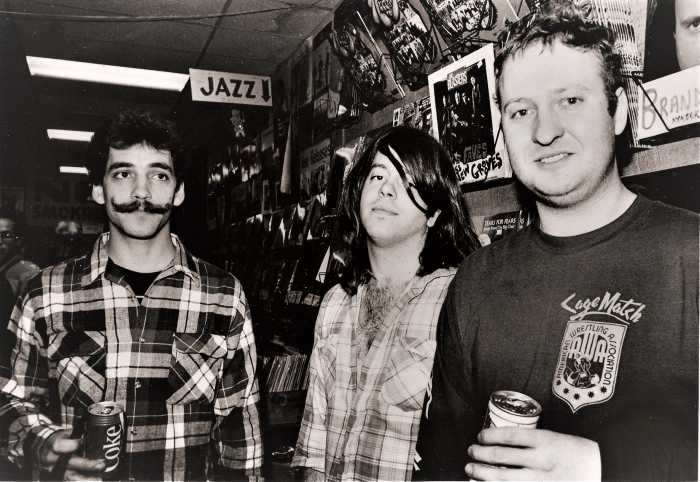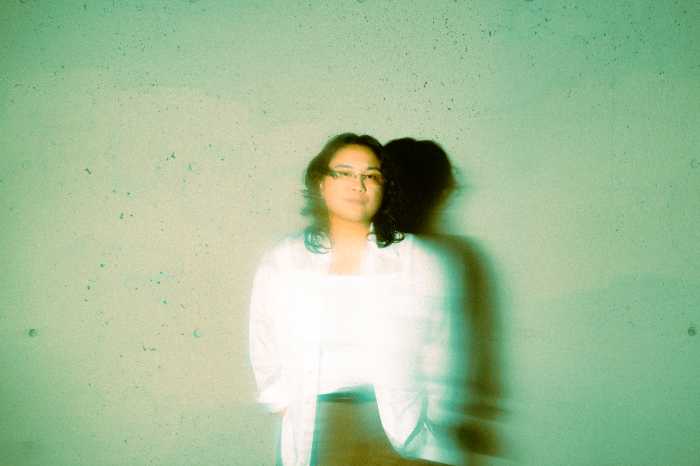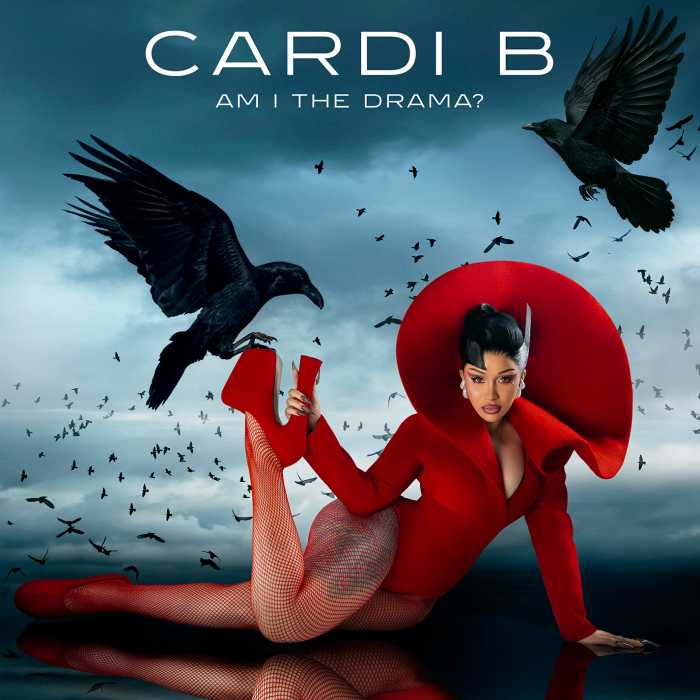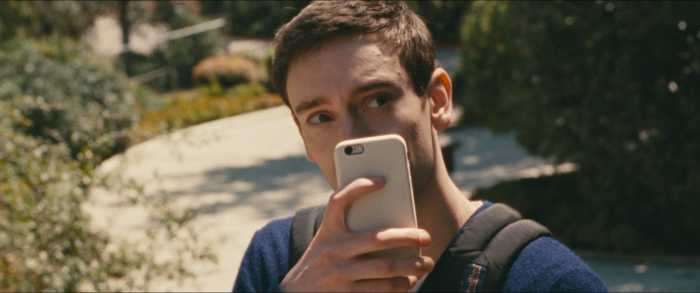BY GUS SOLOMONS JR | Trisha Brown, a founding member of the Judson Dance Theater, helped invent post-modern dancing — where fluent, energetically ravishing motion replaces the modern dance notion of creatively designed postures. In Brown's lubricated kinetic poetry, bodies let gravity impel them in ways that often look accidental because of the dancers' seemingly casual attack and the physical inevitability of the movement, even though it is carefully calibrated and precisely choreographed.
At age 71, Trisha Brown said she won't perform any more after her Joyce Theater season concluded February 10. So we were lucky to get a cameo in her 2007 dance “I Love My Robots,” which shared the bill with a revival of “Foray Forêt” (1990) and her 1994 solo “If You Couldn't See Me.”
The post-modern dancer performs her last turn
Frequent Brown collaborator Robert Rauschenberg designed the costumes – silver and gold lame pantaloons and tunics — for “Forêt,” and, with Spencer Brown, the morphing light patterns on the rear curtain. After a robust opening passage by the group, doing individual variations of similar, breathy, limb-slashing phrases, supple Judith Sanchez Ruiz performed a contemplative solo that explored faceted gestures and subtle torquing.
Melinda Myers joined Ruiz for a duet in and out of unison, then Tony Orrico dueted with Myers while Ruiz continued in her own world. Tamara Riewe momentarily turned the solo and duet into a double duet, then departed. The other dancers, Hyun Jin Jung, Leah Morrison, Todd Lawrence Stone, and Laurel Tentindo, slipped in and out, sometimes acting as props for others to rebound off of.
Brown's slapstick sensibility showed as Myers took a running leap and got shoved laterally in midair by someone in the wings, sending her into a sideways stagger; she also became the fulcrum of an airborne turnstile in another visual pun.
About six minutes into the half-hour-long ballet, we heard faintly the sound of a marching band that drew increasingly closer until it was just outside the auditorium, before fading away, modulating our experience of the otherwise unaccompanied dancing.
The piece concluded with a meditative solo, originally created by Brown for herself, done beautifully here by company veteran Diane Madden. During the piece, the other company members poked their limbs from the wings, dancing in unison just out of view.
Rauschenberg also devised the murky glow and electronic drones and chimes that backed “If You Couldn't See Me,” whose conceit is that the dancer — Morrison in lovely, lyrical rendering — never faces the audience. When the impulse of her hips threatened to rotate her body forward, a swinging arm returned her focus rearward. We half expected that at the end she'd confront us, but Brown didn't indulge us in such an obvious punch line. By refraining from the easy joke, she forced us to consider the premise of the title.
Electric violin groans and fragmentary vocals — by someone sounding like Anthony Hegarty of Anthony and the Johnsons — comprised Laurie Anderson's score for “I Love My Robots,” which began with a stretchy, mellow solo by Stone, wearing Elizabeth Cannon's colorful costumes — stiff bloomers over tights and loose blouses. Stone's onstage companions were two tall poles on rectangular bases scootered around by remote control — the eponymous “robots,” devised by Yu Nakai and Yuji Fukui.
Late in the piece, after crossing behind the scrim in near darkness, Brown made her appearance, wearing blue sweat pants, running shoes, and a wristwatch. Only she acknowledged the robots, chasing and running figure eights around them, talking to them, resting her head on one like a pillow, then slapping it back when it glided away without her permission.
A wonderful double trio was so richly fluid and intricately calibrated that it was difficult to keep in mind which of the two groups each dancer belonged to. The heart of the dance was a male duet for Stone and Jung of continuous twining and mutual lifting; it was mischievous, playful, and tender. The poignant image of Stone hoisting Jung onto his back like a knapsack and gently cupping his foot with his hand, as he sets it softly onto the floor, is heartbreakingly eloquent.
Brown turns biomechanics into imagery that touches our hearts while it stimulates our minds and enriches our souls.
SUPPORT THE ADVERTISERS WHO SUPPORT GAY CITY


































